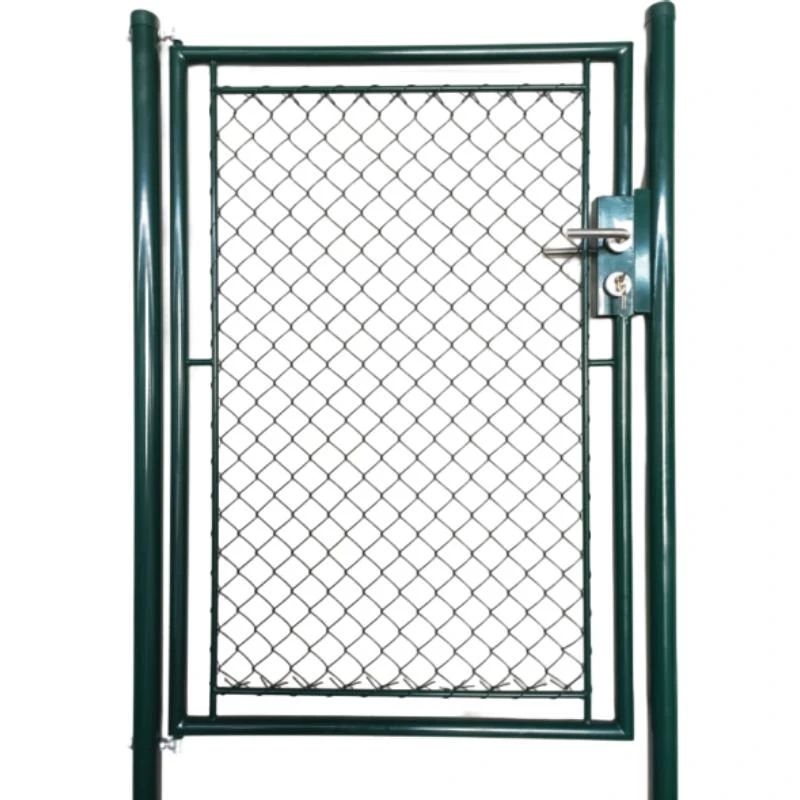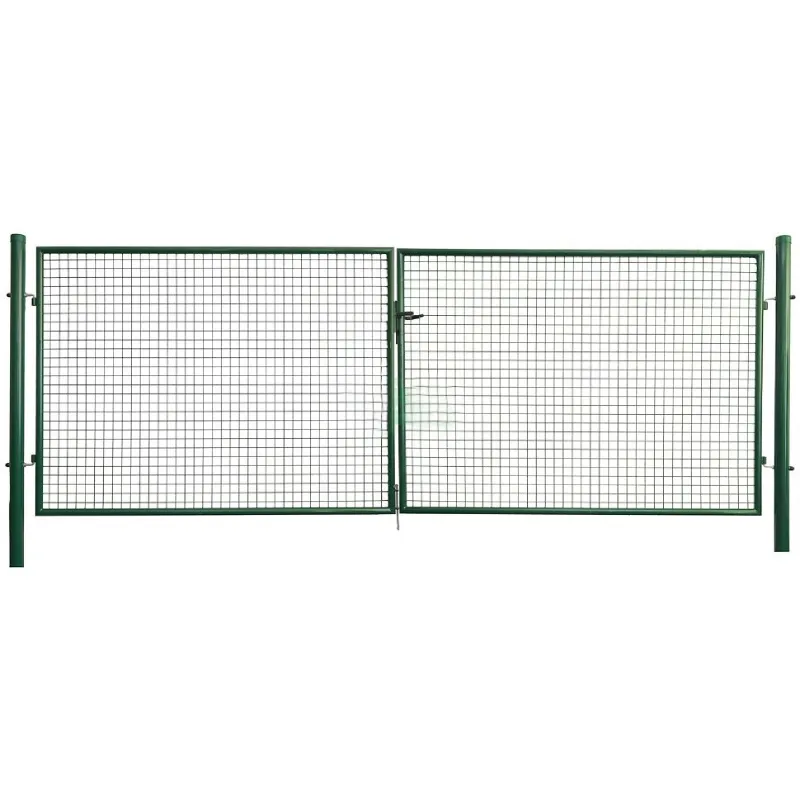-
Imeeli:zhao@hyliec.cn
-
Tẹli:+86 311 85273988
-
Whatsapp:8613931128750
-
 Afirika
Afirika -
 Ede Albania
Ede Albania -
 Amharic
Amharic -
 Larubawa
Larubawa -
 Ara Armenia
Ara Armenia -
 Azerbaijan
Azerbaijan -
 Basque
Basque -
 Belarusian
Belarusian -
 Ede Bengali
Ede Bengali -
 Ede Bosnia
Ede Bosnia -
 Bulgarian
Bulgarian -
 Catalan
Catalan -
 Cebuano
Cebuano -
 Corsican
Corsican -
 Ede Croatian
Ede Croatian -
 Czech
Czech -
 Danish
Danish -
 Dutch
Dutch -
 English
English -
 Esperanto
Esperanto -
 Estonia
Estonia -
 Finnish
Finnish -
 Faranse
Faranse -
 Frisia
Frisia -
 Galician
Galician -
 Georgian
Georgian -
 Jẹmánì
Jẹmánì -
 Giriki
Giriki -
 Gujarati
Gujarati -
 Haitian Creole
Haitian Creole -
 hausa
hausa -
 ara ilu Hawaiani
ara ilu Hawaiani -
 Heberu
Heberu -
 Bẹẹkọ
Bẹẹkọ -
 Miao
Miao -
 Ede Hungarian
Ede Hungarian -
 Icelandic
Icelandic -
 igbo
igbo -
 Ede Indonesian
Ede Indonesian -
 Irish
Irish -
 Itali
Itali -
 Japanese
Japanese -
 Javanese
Javanese -
 Kannada
Kannada -
 Kasakh
Kasakh -
 Khmer
Khmer -
 Ede Rwandan
Ede Rwandan -
 Korean
Korean -
 Kurdish
Kurdish -
 Kirgisi
Kirgisi -
 TB
TB -
 Latin
Latin -
 Latvia
Latvia -
 Lithuania
Lithuania -
 Luxembourgish
Luxembourgish -
 Macedonian
Macedonian -
 Malgashi
Malgashi -
 Malay
Malay -
 Malayalam
Malayalam -
 Èdè Malta
Èdè Malta -
 Maori
Maori -
 Marathi
Marathi -
 Mongolian
Mongolian -
 Mianma
Mianma -
 Nepali
Nepali -
 Norwegian
Norwegian -
 Norwegian
Norwegian -
 Occitan
Occitan -
 Pashto
Pashto -
 Persian
Persian -
 Polish
Polish -
 Portuguese
Portuguese -
 Punjabi
Punjabi -
 Romanian
Romanian -
 Russian
Russian -
 Samoan
Samoan -
 Scotland Gaelic
Scotland Gaelic -
 Ede Serbia
Ede Serbia -
 English
English -
 Shona
Shona -
 Sindhi
Sindhi -
 Sinhala
Sinhala -
 Slovakia
Slovakia -
 Slovenia
Slovenia -
 Somali
Somali -
 Ede Sipeeni
Ede Sipeeni -
 Ede Sundan
Ede Sundan -
 Swahili
Swahili -
 Swedish
Swedish -
 Tagalog
Tagalog -
 Tajik
Tajik -
 Tamil
Tamil -
 Tatar
Tatar -
 Telugu
Telugu -
 Thai
Thai -
 Tọki
Tọki -
 Turkmen
Turkmen -
 Ukrainian
Ukrainian -
 Urdu
Urdu -
 Uighur
Uighur -
 Uzbekisi
Uzbekisi -
 Vietnamese
Vietnamese -
 Welsh
Welsh -
 Egba Mi O
Egba Mi O -
 Yiddish
Yiddish -
 Yoruba
Yoruba -
 Zulu
Zulu
Ọgba Gates
Cheap Garden Gates For Sale
You can find cheap garden gates for sale at various home improvement stores, online retailers, and local hardware shops. Consider looking for sales, clearance items, or second-hand options to find affordable garden gates that meet your needs. Additionally, exploring different types and sizes can help you find cost-effective solutions for your garden gate. Be sure to compare prices, quality, and reviews to make an informed decision.
Garden Gate Construction
1. Planning: Determine the location and dimensions of the gate, considering the width of the pathway or opening. Decide on the type of gate, such as a single or double gate, and the materials to be used.
2. Materials: Select the appropriate types and sizes for the gate, such as round tube gates or square tube gates, single wing gates or double wings gates, ensure to meet requirements of maximum.
3. Frame assembly: Construct the frame of the gate using the chosen types and sizes . This may involve cutting and assembling the frame pieces, ensuring that they are square and level.
4. Adding infill: Depending on the design, add infill materials such as pickets, panels, or mesh to the gate frame. Secure the infill materials to the frame using appropriate fasteners.
5. Hardware installation: Install hinges, latches, and any additional hardware required for the gate to function properly. Ensure that the hardware is durable and suitable for outdoor use.
6. Finishing touches: Sand the gate to smooth any rough edges and apply a protective finish or paint to enhance its durability and appearance.
7. Installation: Once the gate is constructed, install it in the desired location, ensuring that it swings freely and latches securely.
It's important to follow any local building codes or regulations when constructing a garden gate, especially if it will be used as a boundary or security feature. If you're unsure about the construction process, consider consulting with a professional or seeking guidance from experienced individuals.





